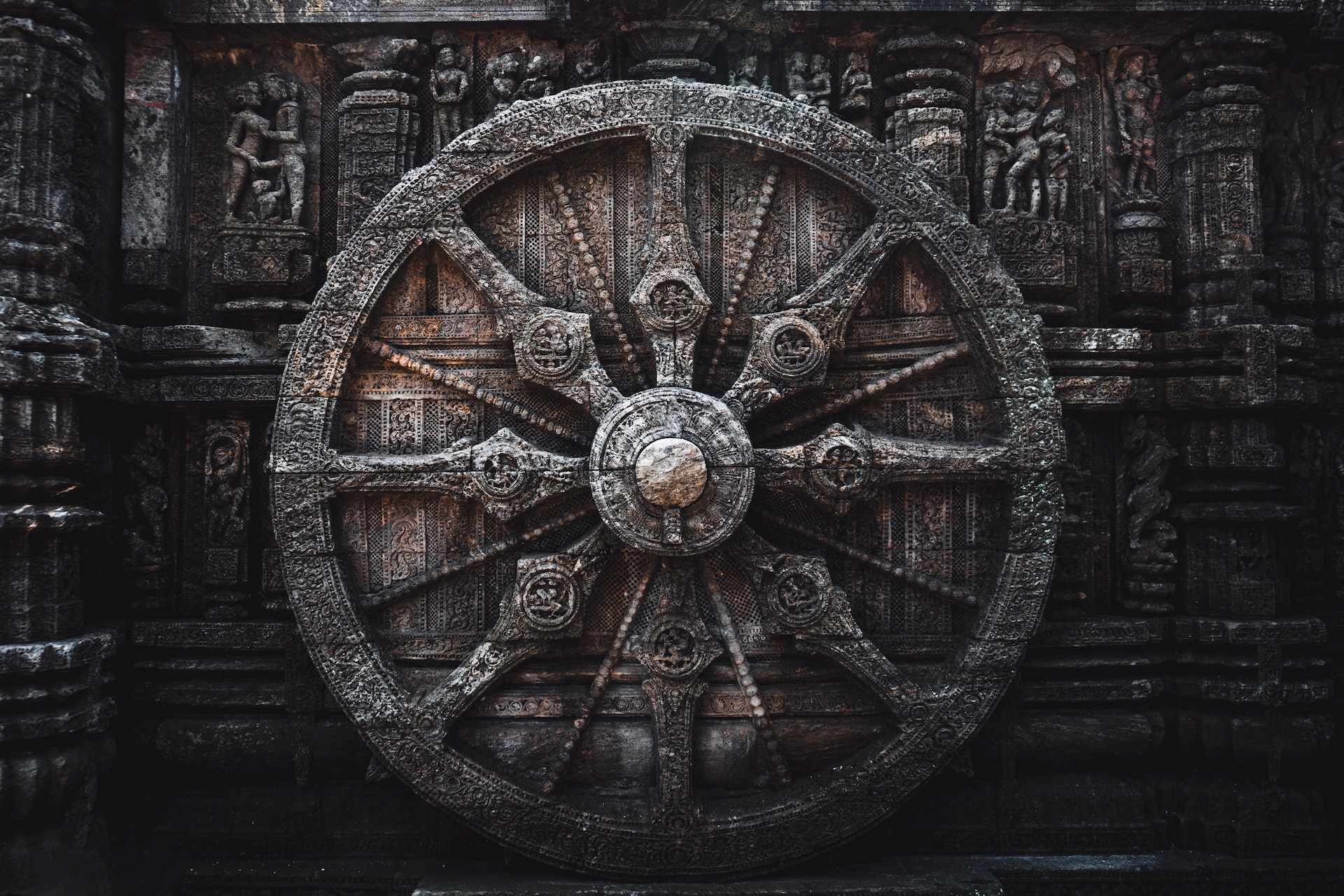Exploring the Spiritual Heart of India: A Guide to the Country’s UNESCO World Heritage Sites

India is a country with a rich spiritual heritage that is reflected in its many UNESCO World Heritage Sites. These sites are important not only for their cultural and historical significance but also for their role in the country’s various religious traditions. From ancient temples and universities to stunning forts and mausoleums, India’s UNESCO World Heritage Sites are a window into the country’s spiritual past and present.
The Temple Cities of Tamil Nadu
The Temple Cities of Tamil Nadu are a group of UNESCO World Heritage Sites that are located in the southern Indian state of Tamil Nadu. These temples are known for their stunning architecture and intricate carvings and are an important part of the Hindu tradition in India. The Temple Cities of Tamil Nadu include the Brihadeeswarar Temple, the Airavatesvara Temple, and the Gangaikonda Cholapuram Temple.
The Ajanta Caves, Maharashtra
The Ajanta Caves are a series of ancient rock-cut caves located in the western Indian state of Maharashtra. These caves are home to a series of Buddhist paintings and sculptures that date back to the 2nd century BCE. The Ajanta Caves are a UNESCO World Heritage Site and are an important part of India’s Buddhist heritage.
The Ellora Caves, Maharashtra
The Ellora Caves are a series of ancient rock-cut caves located in the western Indian state of Maharashtra. These caves are home to a series of Hindu, Buddhist, and Jain temples and sculptures that date back to the 6th century CE. The Ellora Caves are a UNESCO World Heritage Site and are an important part of India’s multi-religious heritage.
The Agra Fort, Uttar Pradesh
The Agra Fort is a stunning red sandstone fort located in the northern Indian state of Uttar Pradesh. It was built by the Mughal Emperor Akbar in the 16th century and served as the residence of the Mughal emperors. The Agra Fort is a UNESCO World Heritage Site and is an important symbol of India’s Mughal heritage. It is also home to a number of important buildings and structures, including the Diwan-i-Khas (Hall of Private Audience) and the Diwan-i-Am (Hall of Public Audience).
The Taj Mahal, Uttar Pradesh
The Taj Mahal is a stunning white marble mausoleum located in the northern Indian state of Uttar Pradesh. It was built by the Mughal Emperor Shah Jahan in the mid-17th century as a tribute to his late wife, Mumtaz Mahal. The Taj Mahal is a UNESCO World Heritage Site and is considered to be one of the most beautiful buildings in the world. It is also an important symbol of India’s Mughal heritage.
The Mahabodhi Temple, Bihar
The Mahabodhi Temple is a sacred Buddhist temple located in the eastern Indian state of Bihar. It is the site where the Buddha is said to have attained enlightenment and is an important place of pilgrimage for Buddhists. The Mahabodhi Temple is a UNESCO World Heritage Site and is an important part of India’s Buddhist heritage. It is also home to a number of important religious artifacts and structures, including the Bodhi Tree and the Vajrasana.
The Konark Sun Temple, Odisha
The Konark Sun Temple is a Hindu temple located in the eastern Indian state of Odisha. It was built in the 13th century and is dedicated to the god Surya, the sun deity. The Konark Sun Temple is a UNESCO World Heritage Site and is known for its stunning architecture and intricate carvings. It is also an important part of India’s Hindu tradition.
The Sanchi Stupa, Madhya Pradesh
The Sanchi Stupa is a Buddhist monument located in the central Indian state of Madhya Pradesh. It was built in the 3rd century BCE and is an important part of India’s Buddhist heritage. The Sanchi Stupa is a UNESCO World Heritage Site and is known for its beautiful carved stone gateways and other architectural features.
The Fatehpur Sikri, Uttar Pradesh
Fatehpur Sikri is a Mughal-era city located in the northern Indian state of Uttar Pradesh. It was built in the 16th century and is an important part of India’s Mughal heritage. The Fatehpur Sikri is a UNESCO World Heritage Site and is known for its stunning architecture and beautiful gardens. It is also home to a number of important buildings and structures, including the Diwan-i-Khas (Hall of Private Audience) and the Panch Mahal (Five-Story Palace).
India’s UNESCO World Heritage Sites are a testament to the country’s rich cultural and spiritual heritage. From ancient temples and universities to stunning forts and mausoleums, these sites are a window into the country’s past and present.
Whether you are interested in exploring the country’s spiritual and religious traditions, learning about its cultural and artistic heritage, or simply marveling at its beautiful architecture and natural beauty, there is a UNESCO site in India that is sure to satisfy your curiosity.





